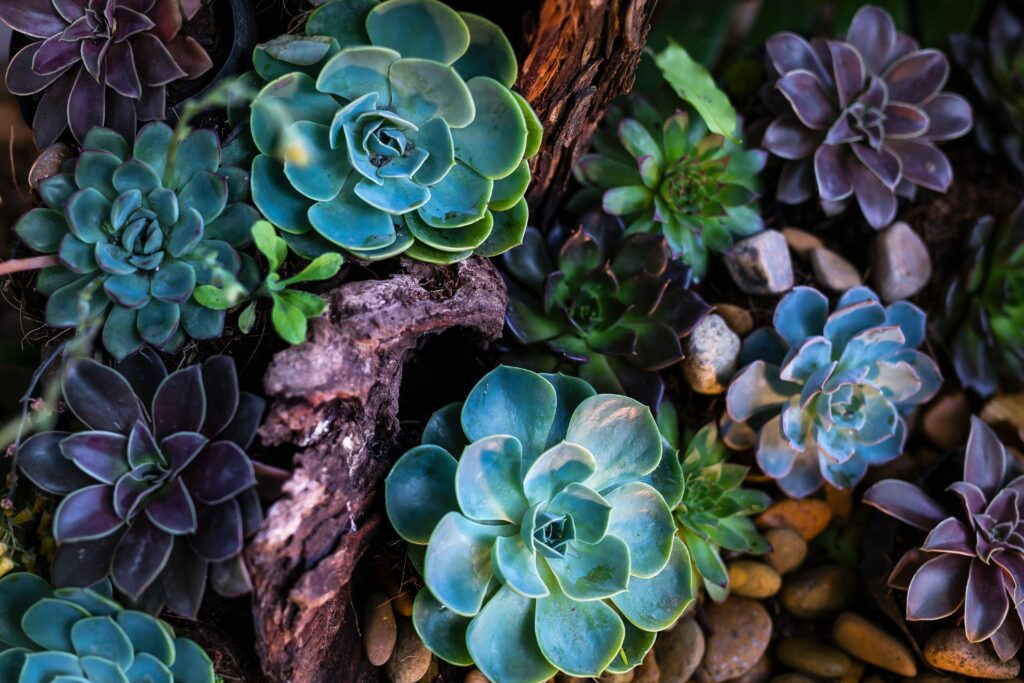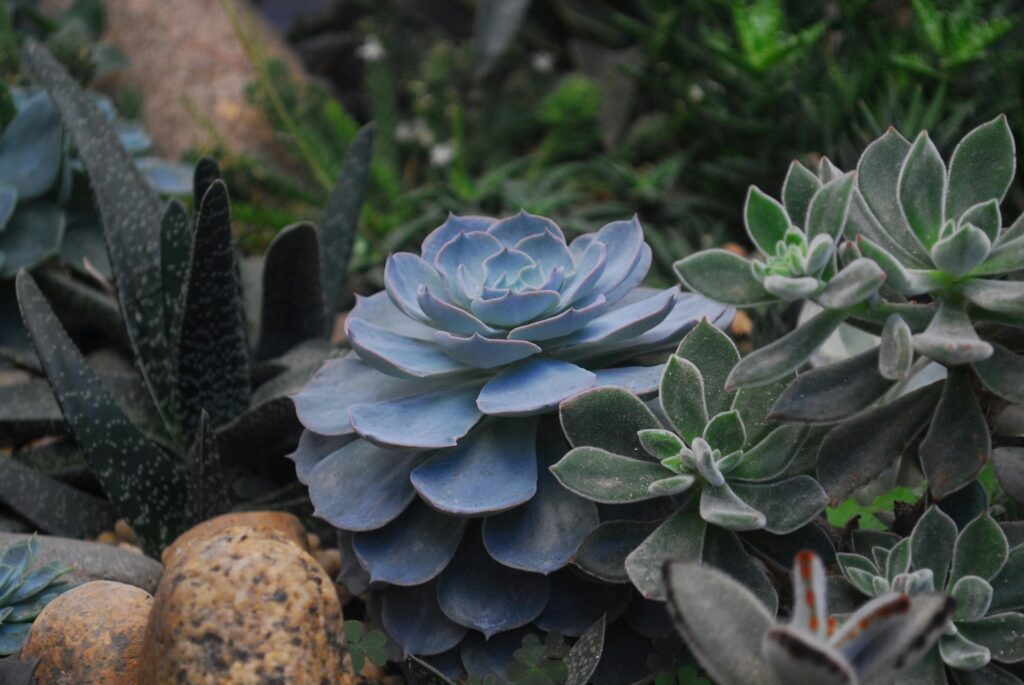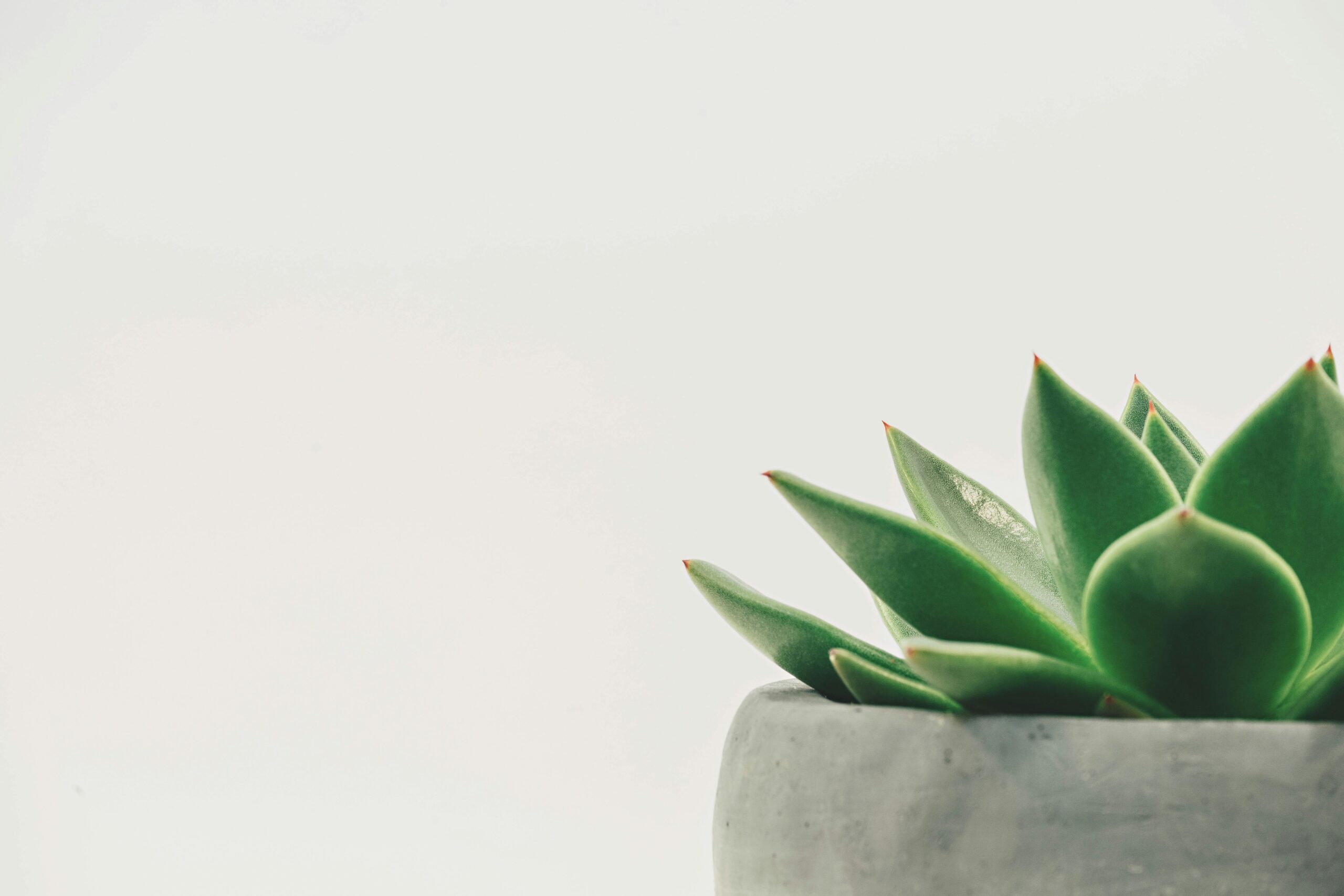I still remember the very first succulent I ever brought home. It was a tiny Echeveria with soft, bluish-green rosettes that looked almost unreal, like it had been sculpted from wax. I placed it on my windowsill without knowing a thing about how to take care of it. But that one little plant opened the door to what has now become one of my favorite hobbies—growing and caring for succulents. If you’re curious about starting your own succulent collection or improving your current care routine, I’d love to walk you through everything I’ve learned, from the basics of planting to advanced maintenance tips. Succulents are fascinating, hardy, and surprisingly diverse plants that thrive with a bit of attention and a lot of love.

What Are Succulents and Where Do They Come From?
Succulents are generally known for their thick, fleshy parts that store water. They come from arid regions across the globe—places like South Africa, Madagascar, Mexico, and even some areas of the United States. What amazed me when I started researching more deeply was just how many different varieties of succulents exist. From Aloe and Agave to Lithops and Crassula, there are thousands of species and cultivars, each with unique shapes, colors, and personalities. If you’re new to gardening or simply want a low-maintenance way to bring greenery into your home, succulents are a great starting point.
Getting Started with Your Succulent Garden
To start your own succulent collection, the first thing you need is a suitable container. I used to think any old pot would do, but it turns out that drainage is absolutely critical. Succulents hate sitting in water, and if you don’t have a pot with a drainage hole, you’re setting yourself up for failure. I prefer using terracotta pots because they’re breathable and help wick away excess moisture. You’ll also need a proper potting mix—don’t use regular garden soil. I always go for a cactus or succulent-specific soil blend that’s fast-draining. Sometimes I even mix in a bit of perlite or coarse sand for added drainage.
How to Plant and Water Succulents Properly

Planting a succulent is easy and satisfying. Gently remove the plant from its nursery pot, shake off excess soil from the roots, and place it in the new pot. Make sure you don’t bury the leaves—only the roots should be under the soil. After planting, I usually wait a day or two before watering. This gives any broken roots time to heal and prevents rot. Speaking of watering, this is one of the most important aspects of succulent care. The general rule I follow is “soak and dry.” That means I water the soil thoroughly, then let it dry out completely before watering again. Depending on the weather and season, this could mean watering once a week or once every two to three weeks.
The Role of Sunlight and Positioning
Sunlight is another big factor. Most succulents love bright, indirect light. I made the mistake of putting a few of my plants in direct afternoon sun, and their leaves scorched. Now I place most of my succulents near east or south-facing windows where they get plenty of light but are protected from intense midday rays. If you notice your succulents stretching or becoming “leggy,” it’s a sign they’re not getting enough light. In that case, consider moving them to a brighter spot or supplementing with a grow light.
Propagation: How to Multiply Your Succulents
As your collection grows, you’ll start noticing small “pups” or baby plants forming around the base of the parent succulent. This is where the fun really begins. Propagating succulents is one of the most rewarding parts of the process. I usually wait until the pups are about one-third the size of the mother plant, then gently remove them using clean hands or a sterilized knife. After letting the cut ends callous over for a day or two, I plant them in small containers using the same potting mix and care routine. Watching these tiny plants grow into mature succulents never gets old.
Maintenance Tips and Common Mistakes to Avoid
Maintaining your succulents involves a few simple but crucial practices. First, keep an eye out for pests. Mealybugs and spider mites are common offenders. I treat infestations with a diluted rubbing alcohol spray or neem oil. Overwatering is the most common mistake, so I always check the soil before watering by sticking my finger about an inch deep. If it’s still moist, I wait. I also rotate my plants regularly so they grow evenly and don’t lean toward the light. Every few months, I like to give my succulents a gentle cleaning using a soft brush to remove dust from the leaves.
Fertilizing for Growth and Color

One of the lesser-known tips I picked up is to fertilize your succulents during their growing season, usually spring and summer. I use a diluted liquid fertilizer made specifically for succulents and cacti, applying it once a month. It really makes a difference in their growth and coloration. During the fall and winter, I hold back on feeding because most succulents go into dormancy.
How to Handle Succulents Safely
When it comes to manhandling succulents, always be gentle. Their leaves can bruise or snap off easily. I handle them from the base, using both hands if needed. For succulents like Haworthia or Zebra Plants with firm, upright leaves, you can be a bit more confident. But with soft-leaved varieties like Sedum or Graptopetalum, I’m extra cautious. Using tweezers or a pair of chopsticks can help when repotting or placing them in tight arrangements.
Designing and Decorating with Succulent Arrangements
I’ve also discovered the joy of designing little succulent gardens. Mixing different colors, shapes, and heights creates a miniature landscape right on your tabletop. Some people go all out with fairy garden accessories, while others keep it minimalist. I fall somewhere in between, often adding small rocks or decorative gravel on top of the soil to finish the look and help retain moisture. If you’re also into decorating with natural elements, check out my guide on Gardening and Feng Shui: How to Harmonize Your Home with Plants, which pairs beautifully with succulents.
Popular Types of Succulents to Grow
Some of the easiest and most rewarding succulents to grow include Echeveria, Crassula (like the popular Jade Plant), Haworthia, Aloe Vera, and Sedum. If you’re feeling adventurous, you can try Lithops, also known as “living stones,” which mimic the look of pebbles and are incredibly unique. There’s also the Kalanchoe, which blooms in bright, vibrant colors, and the trailing String of Pearls, perfect for hanging planters. The diversity is endless, and each plant adds something special to your collection.
A Bit of History: Where Succulents Were First Cultivated
Succulents have a long, rich history. Ancient civilizations like the Egyptians and Aztecs used Aloe and Agave for medicinal purposes. In arid climates, succulents weren’t just decorative—they were essential for survival, providing food, water, and healing properties. Over time, they found their way into ornamental horticulture, especially in Europe during the Victorian era. Today, succulents are cultivated worldwide, but their origins are deeply rooted in harsh, dry environments where they developed their amazing ability to thrive with minimal water.
Final Thoughts on Growing Succulents

Whether you’re just getting started or you already have a collection, I truly believe there’s something special about succulents. They’re tough, beautiful, and endlessly fascinating. With the right care, your little plants will reward you with growth, color, and even baby plants of their own. For me, growing succulents is more than a hobby—it’s a relaxing ritual and a connection to nature that I cherish. I hope my experience helps you feel more confident about diving into this world and cultivating your very own thriving succulent garden.

